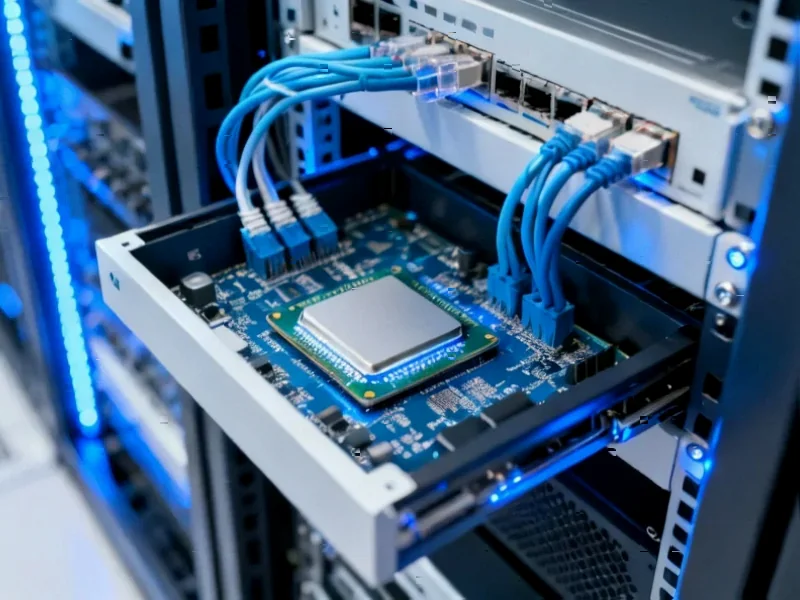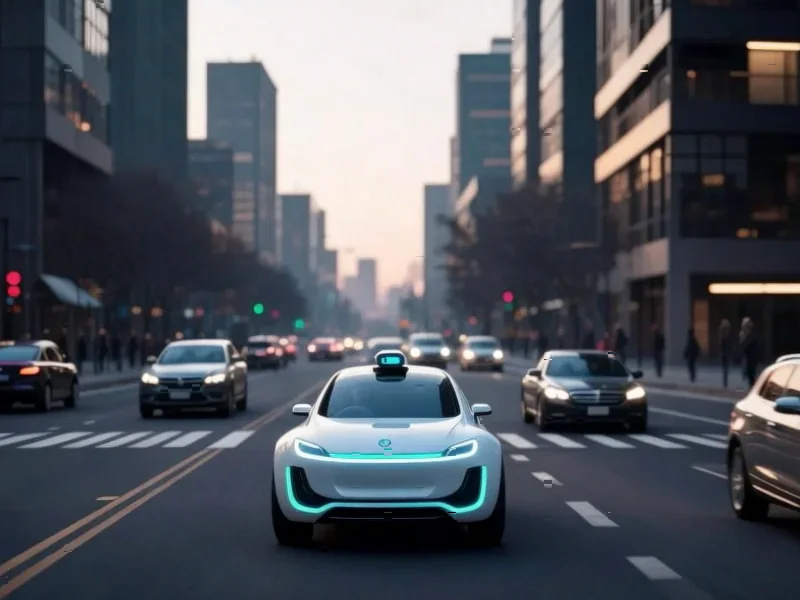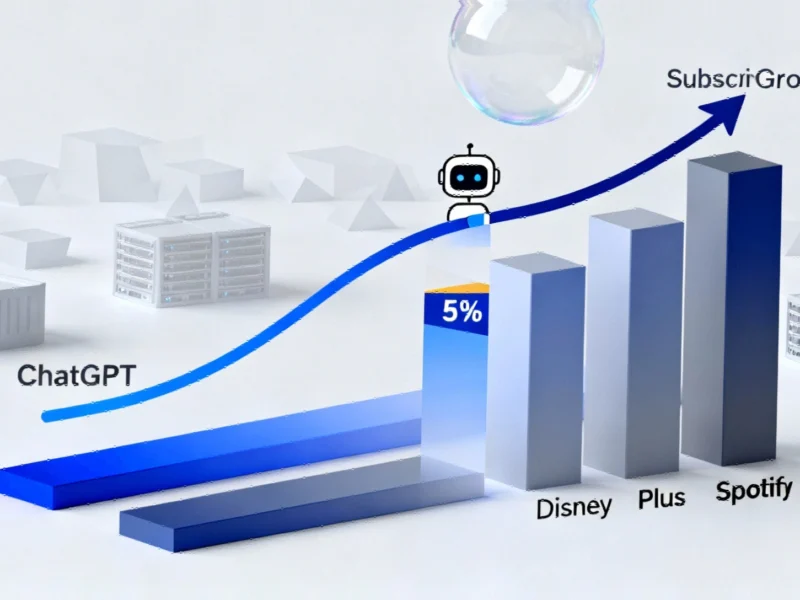According to PYMNTS.com, OpenAI CEO Sam Altman revealed the company’s revenue has exceeded the widely reported $13 billion figure and is growing steeply. During a podcast appearance, Altman confirmed ambitions to reach $100 billion in revenue by 2027 and discussed OpenAI’s massive compute infrastructure plans, including a $38 billion agreement with AWS announced Monday that provides access to hundreds of thousands of Nvidia GPUs. The company has committed to approximately 30 gigawatts of compute with a total cost of ownership around $1.4 trillion, while reportedly considering a potential IPO as soon as the second half of 2025 that could value the company at up to $1 trillion. These revelations come as OpenAI positions itself for unprecedented scale in the AI industry.
The Enterprise AI Tipping Point
OpenAI’s revenue trajectory signals that enterprise AI adoption has reached an inflection point that few anticipated would arrive this quickly. When companies are willing to commit nine-figure contracts for AI services, it demonstrates that the technology has moved from experimental budgets to core operational spending. The AWS partnership announcement specifically mentions scaling “agentic workloads,” indicating that businesses aren’t just using ChatGPT for content generation but are building autonomous AI systems that can perform complex business processes. This represents a fundamental shift from AI as a productivity tool to AI as a workforce replacement strategy.
The $1.4 Trillion Compute Bet
OpenAI’s commitment to 30 gigawatts of compute capacity represents one of the largest infrastructure bets in technology history. To put this in perspective, a single gigawatt can power approximately 750,000 homes, meaning OpenAI is planning compute capacity equivalent to powering 22.5 million households. The Altman’s X post about building “an AI factory” reveals the company’s ambition to industrialize AI development at a scale that would make current GPU clusters look like hobbyist projects. This level of investment suggests OpenAI anticipates demand for AI capabilities that require orders of magnitude more computing power than today’s models, potentially pointing toward artificial general intelligence development timelines that are more aggressive than publicly acknowledged.
Winners and Losers in the New AI Economy
The clear winners in this scenario are infrastructure providers like AWS, Microsoft Azure, and Nvidia, who benefit regardless of which AI company succeeds. However, OpenAI’s revenue growth creates significant challenges for competitors. Google’s Gemini, Anthropic’s Claude, and emerging open-source alternatives now face a competitor with both first-mover advantage and rapidly accelerating revenue to fund even greater advantages. More concerning for smaller AI startups is that enterprise customers appear to be consolidating around market leaders, creating a “winner-take-most” dynamic that could make it nearly impossible for new entrants to compete on capability or price. The barrier to entry in foundational AI models may have just jumped from billions to tens of billions of dollars.
The $1 Trillion IPO Countdown
OpenAI’s potential 2025 IPO filing represents a watershed moment for the AI industry and public markets. A successful $1 trillion valuation would make OpenAI more valuable than most established tech giants and validate the entire AI investment thesis. However, this creates complex challenges around balancing the company’s original mission with public market pressures. Altman’s comment about wanting to “hurt short sellers” suggests he understands the speculative nature of AI valuations and the scrutiny that comes with being a public company. The timing is particularly interesting given that 2025-2027 represents the period when many experts believe we’ll see whether current AI progress translates into sustainable business models or hits another “AI winter” of disappointed expectations.
The Consolidation Risk for AI Ecosystems
Perhaps the most significant long-term implication of OpenAI’s dominance is the potential stifling of AI innovation ecosystems. When a single company controls both the most advanced models and the infrastructure to develop them, it creates natural monopolistic tendencies that could slow overall progress. The European Union and other regulators are already scrutinizing Big Tech’s AI investments, and OpenAI’s accelerating revenue and compute advantages will likely trigger more aggressive antitrust investigations. The risk isn’t just to competitors but to customers who may face limited choices and increasing prices as the market consolidates. How regulators respond to this concentration of AI power will shape the industry for decades.




